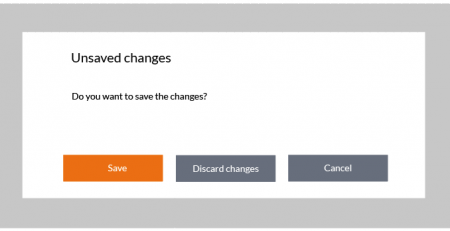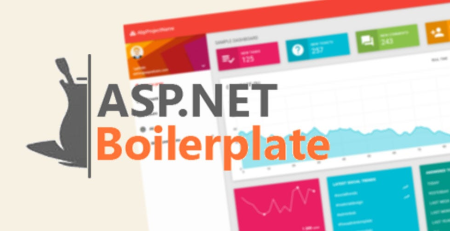Session-Based vs. Token-Based Authentication: Choosing the Solid Approach
Table of Contents
Session-Based and Token-Based Authentication are two commonly used authentication techniques in C# online applications. Ensuring the security of user data is high on the priority list in the ever changing field of web development. Verifying users’ identities through authentication is an essential step in this procedure. We’ll examine each approach’s nuances in-depth in this comprehensive analysis, providing C# code samples to demonstrate how each is implemented and help developers make wise choices.
Basics of Session-Based Authentication
Session-Based Authentication is a traditional method that involves creating a session on the server upon user login. The server stores user-related information linked to a session identifier. Let’s explore a basic example of implementing Session-Based Authentication in C# using ASP.NET:
// Login action in a controller
public IActionResult Login(string username, string password)
{
// Validate user credentials (not shown for brevity)
// Create a session
HttpContext.Session.SetString("Username", username);
// Redirect to the home page or a secured area
return RedirectToAction("Index", "Home");
}
// Accessing user data in a secured area
public IActionResult SecuredArea()
{
// Retrieve username from the session
var username = HttpContext.Session.GetString("Username");
// Perform actions based on user data
// ...
return View();
}Pros and Cons of Session-Based Authentication
Pros:
- Simplicity: it is easy to understand and implement.
- Automatic Session Expiry: Sessions often come with automatic timeout, enhancing security.
Cons:
- Server Load: Storing session data on the server can impact scalability.
- Statefulness: Maintaining server state can complicate scaling in distributed architectures.
Basics of Token-Based Authentication
Token-Based Authentication involves the use of tokens (such as JSON Web Tokens – JWT) to authenticate users. Let’s examine a basic example in C# using ASP.NET Core:
// Login action in a controller
public IActionResult Login(string username, string password)
{
// Validate user credentials (not shown for brevity)
// Generate a JWT token
var token = JwtHelper.GenerateToken(username);
// Send the token to the client (e.g., as a cookie or in the response body)
// ...
// Redirect to the home page or a secured area
return RedirectToAction("Index", "Home");
}
// Accessing user data in a secured area using JWT
[Authorize]
public IActionResult SecuredArea()
{
// User data is available through the User property
var username = User.Identity.Name;
// Perform actions based on user data
// ...
return View();
}Pros and Cons of Token-Based Authentication
Pros:
- Statelessness: Tokens encapsulate user information, making the server stateless and enhancing scalability.
- Security: Tokens can be designed with cryptographic signatures, providing an extra layer of security.
Cons:
- Token Management: Handling token expiration, refresh, and revocation can add complexity.
- Complexity: Implementing Token-Based Authentication may be more complex, especially for beginners.
Security Considerations
Session-Based:
Security relies on secure session management practices, and vulnerabilities may include session hijacking.
Token-Based:
Enhanced security through cryptographic signatures reduces the risk of data tampering.
Scalability
Session-Based:
Horizontal scaling can be challenging due to server-side session storage.
Token-Based:
Stateless nature facilitates easy horizontal scaling.
Ease of Implementation
Session-Based:
Simplicity makes it beginner-friendly.
Token-Based:
Requires a better understanding of cryptographic principles but offers greater flexibility.
Session-Based Authentication Use Cases
- Common Scenarios: it is prevalent in content management systems, e-commerce platforms, and websites with limited scalability requirements.
- Use Cases: Forums, blogs, and small to medium-sized applications often leverage session-based authentication for its simplicity.
Token-Based Authentication Use Cases
- Common Scenarios: it is widely used in Single Sign-On (SSO) systems, microservices architectures, and APIs.
- Use Cases: Large-scale applications, mobile apps, and services that require stateless communication often opt for token-based authentication.
Conclusion
In the ongoing debate of Session-Based vs. Token-Based Authentication, the right choice depends on your project’s specific needs and constraints. While Session-Based Authentication remains simpler and might be suitable for smaller projects, Token-Based Authentication addresses the demands of modern, scalable, and secure web applications.
Consider your project’s complexity, scalability requirements, and the level of security your application demands. Both methods have their places in the development landscape, and the “better” option is the one that aligns with your specific use case and development goals. In the end, the security of your users’ data is paramount, and the chosen authentication method should reflect the best practices of the industry while fitting seamlessly into your application architecture.












Leave a Reply